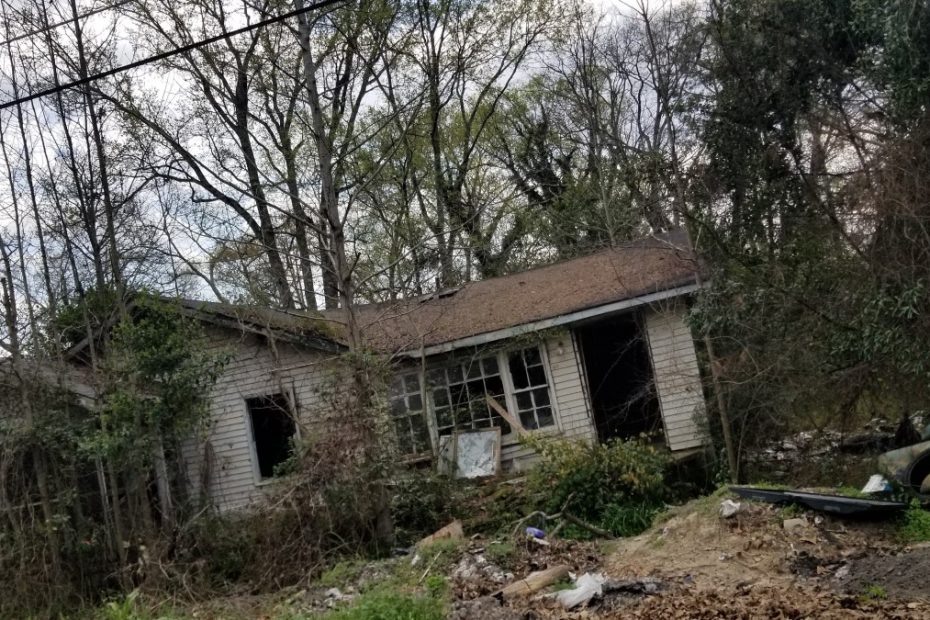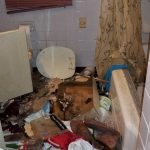You have found a possible deal on a rental house, and it’s time for your first walkthrough. Now you must learn how to make a repair list for an investment house and ascertain the property value. I will show you how to make the repair list and point you to what’s essential. Following the steps in this article will leave you with everything you need to gauge the repair cost and make your offer on the house.
When making the initial repair list, you must know what’s important and what’s not. Often the power is off, and the water is disconnected, so everything you do will be an estimate. You need to note the big items that need repairs but don’t worry about one or two small things. The goal is not to make a detailed punch list for your contractor but to gauge the overall cost of the renovation.
This guide will show real estate investors how to inspect an investment property before making an offer. You’ll need to know about costly damages or required capital improvements, but minor routine maintenance issues are unimportant. Your goal is to identify costly repairs, and you don’t need a home inspector at this time; save that for the due diligence phase. As most of your offers will be rejected, this approach will save you a lot of time.
The Process
As you do your walkthrough, keep a running total of the necessary repairs and their cost. You can keep this in your head or jot it down on a pad while you walk around. I use my phone’s calculator and add it as I go. This running total should be a very rough estimate of the repair costs and should combine materials and labor.
Your ultimate goal is to understand how much more you will need to spend to get the house rent ready so that you can make your offer. You are looking for serious issues and not making a detailed list for the workers to use. Costs you add to this total should never be less than $100, and your final number should be rounded up to the next $1,000 (note: that is rounded up).
Materials and labor are regional, so this article will not attempt to estimate costs. You should have a general idea of what things cost; if you don’t, you should get that cost. The contractor desk at building supply stores can give you a lot of information. You could even get professional estimates for your roof damage or air conditioning unit.
After doing this for a while, you will have a good idea of what things cost, but you still need to keep up with trends. I recently estimated a roof at $5,000, which turned out to be $8,500. Prices have been creeping up, and it had been some time since I needed a roof.
Walk Around the Outside of the House
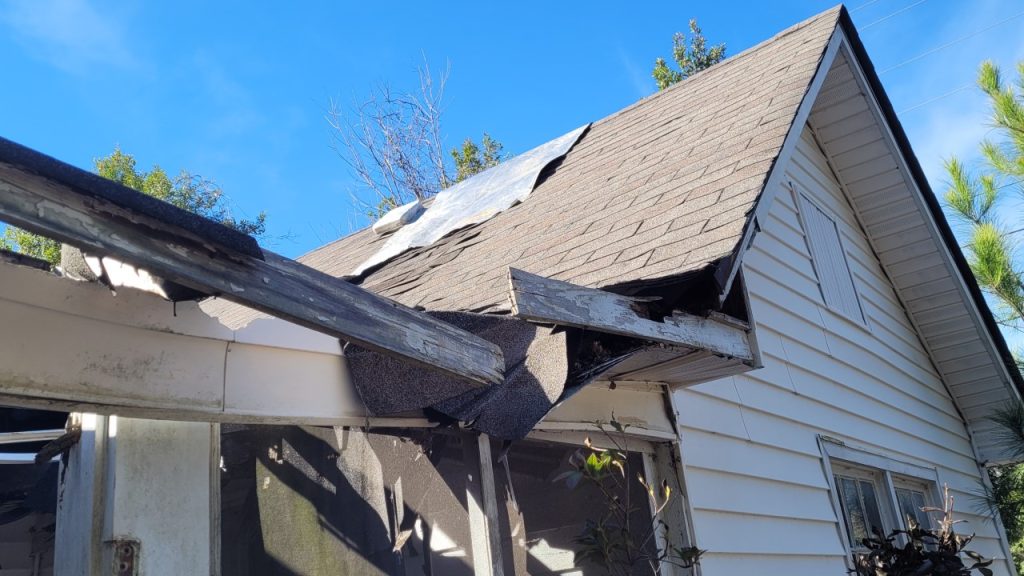
When you first arrive, start by walking around the house. Your goal is to get a general idea of the house’s condition and upkeep as you walk around. Remember, you are not looking for every chip of paint; your main goal is determining if work will be needed in these areas.
Roof
Take a look at the roof from every angle. You don’t need to climb on the roof, but make a note of everything you can see from the yard. Sometimes it’s easy to spot a roof leak or know it needs replacing. Other times major leaks are not readily apparent, but they may be evident inside the house. If you decide the roof needs to be replaced, add a roof’s cost to your running total.
HVAC Systems
Check out the HVAC unit. Is it there? Does it look like the copper has been looted? Is it old? Most of these units have a sticker that shows the year of manufacture. When these units are over ten years old, I add them as a replacement cost. An old unit may work, but you need to replace it soon; now is the time to account for that.
Windows and Doors
Look for missing windows or broken glass. Each time you see one, add the cost to replace it to your running total. I add about half the replacement cost of new windows for single-pane windows with broken glass because these are easy repairs. Ultimately, you want to add one number to your running total, not a small number for each broken window.
For doors, you need to determine if the entire door needs to be replaced. Usually, this is obvious, but sometimes looks can be misleading. Make sure you open and close each door, and check to see if the locks properly engage.
Eaves and Soffits
From the ground, visually check the eves and soffits for holes or rotten wood. Your goal is to determine if there are no repairs needs, minor maintenance, or a large replacement job. You don’t need to note everywhere there is rotten wood; add a total for repairs to your running total.
Outside Walls
As you walk around the house, check the walls on the exterior. Are there missing bricks? Missing Siding? Crumbling trim around windows are doors? Do you need a new coat of paint on the outside? Once you’ve answered these questions, you can ballpark a cost and add it to the running total.
Quickly Walk Through the House
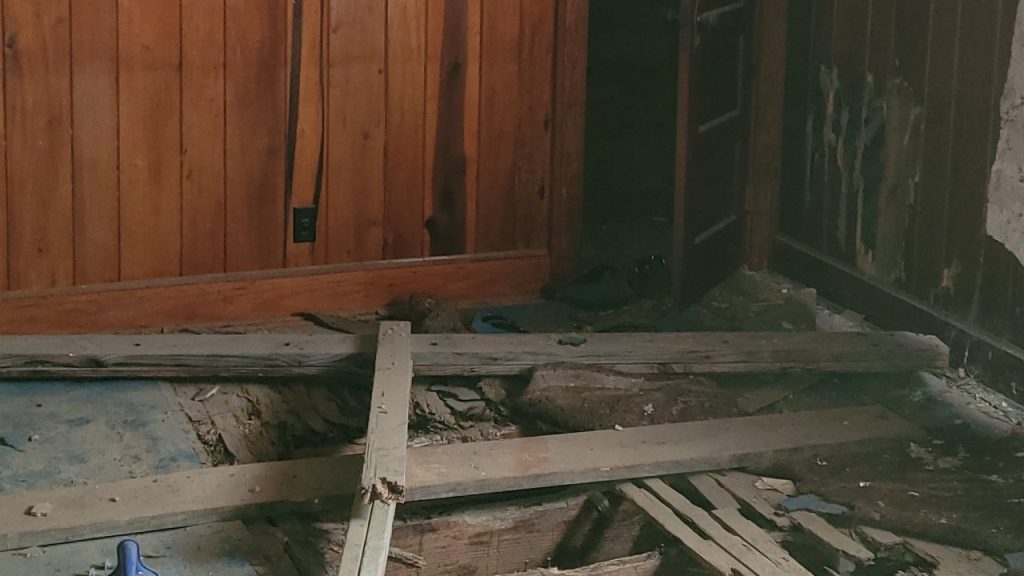
Once inside, walk through the entire house quickly to get a feel for the layout. This is a fast walkthrough to familiarize yourself with the house, but pay attention to the most critical items. If you miss something, don’t worry. You will be making a slower walkthrough later.
Walls
As you look at the walls, you are trying to decide if you must paint the entire interior. Almost every house I have bought needs a fresh coat of paint, but there are a few exceptions. Also, look for holes in the wall or other drywall problems that need remedy. For the walls, you want to end up with one number to include all wall prep and fresh paint, not an entry for each room.
Flooring
During your quick walkthrough, inspect the flooring. Does the carpet have signs of wear? Are hardwood floors damaged? After you’ve walked the house, you will know if you need to replace all the flooring, just a few rooms, or if a professional cleaning is all that is required. Add your estimated cost to your running total.
Ceiling
As you walk through, check out the ceilings in each room and the closets. Look for water damage that may indicate a leaking roof. Also, note if the ceilings will need to be painted.
Air Conditioning
If the power is on, check that the air conditioner and heater work. Even when the power is off, check the filter; this is a great way to see if the owner has kept up regular maintenance.
Slowly Walk Through the House Again
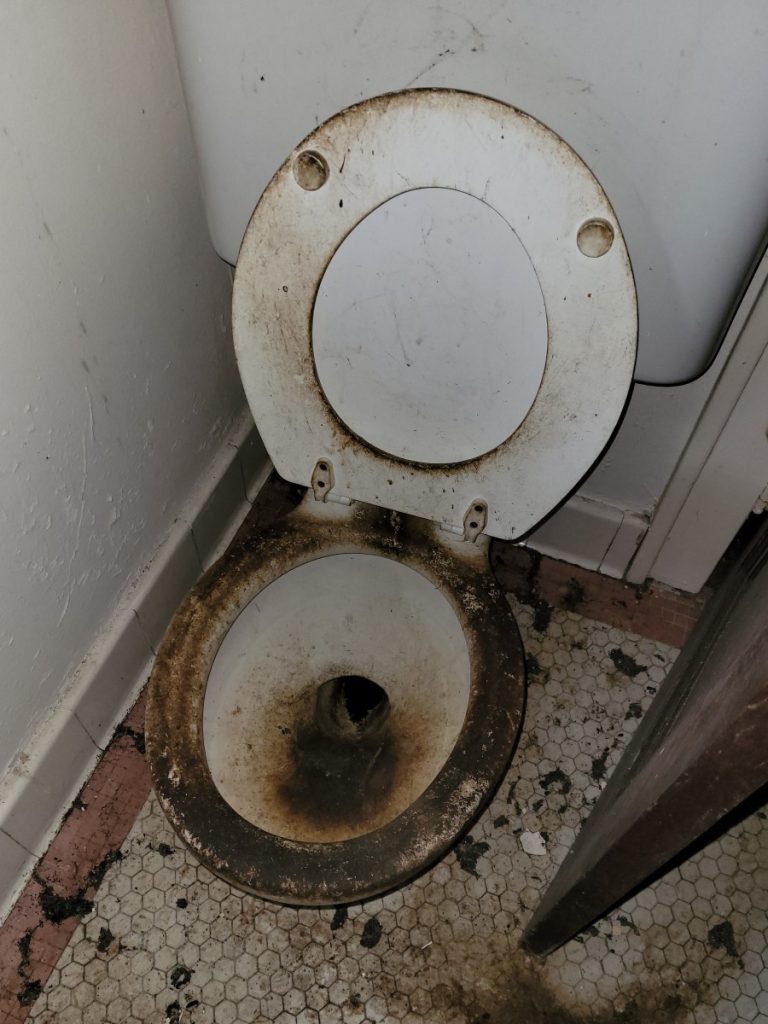
The final step to making a repair list for an investment house is to walk inside one more time. This time we are looking for things in the house to determine if anything is broken.
Kitchen
In the kitchen, check all the appliances to see if they are usable. If you intend to flip the house, you will likely install new appliances. However, when buying for rental income, you may need the appliances. Either way, you need to know what you are buying. Ensure the cabinet doors are operational and that the countertop condition is acceptable. Don’t forget to check under the sink for wet or rotten wood. Update your running total with the estimated cost to get the kitchen ready.
Fixtures
Check all the fixtures as you go. If the power is on, see if the lights work. When the water is on, try each faucet. You aim to determine if most fixtures work and not keep up with a single dripping faucet. In the end, add the cost of repairs to your running total, but if it’s tiny, leave it off.
Bathroom
In each bathroom, check the condition of the cabinets, toilet, and shower. If you have water, make sure everything works. Here add the cost to repair or replace anything that needs to be addressed, but the flooring should have been included in the quick walkthrough.
Doors
Make sure all the interior doors will open and that the door latches in engage. Open the door all the way to ensure no warped flooring will stop the door. If doors need to be replaced, add that to your running total.
Water Heater
If the water service is on, check that the water is hot. If there is no water servicer, verify the hot water heater is present and not if any wires or pipes are cut.
Attic
If the house has an attic, take a look inside. Looking in the attic is an often overlooked step in making a repair list for an investment house. You don’t have to enter the attic and walk around but want to shine a light on the ceiling. You are mainly looking for signs of water leaks or rotten rafters.
Other Items
While at the house, check some of the smaller items. While their cost may not be significant, their current condition may lead to points for price negotiations. In addition, if they are in good condition, it may indicate lower maintenance costs in the long run.
Below is a list of some other times you can inspect:
- Garbage Disposals
- Smoke Detectors
- Door Handles
- Ceiling Fans
- Dryer Vents
- Carbon Monoxide Detectors
Conclusion
This article has shown you the best way to make a repair list for an investment house using the approach I have used for many years. It gives a quick way to come up with a general idea of what the repairs will cost so you make offers on investment properties. This article covers standard items you will often find and is not for every property. If the property has a swimming pool, fire pit, external buildings, or other unique attributes, you must expand your inspection accordingly.
The goal of making a repair list from an investment property is to quickly get a rough estimate of what renovations will cost. With this initial step, you are not making a detailed punch list for contractors to work from. You need a rough idea of the rehab cost to offer the property. Most offers will be rejected. So, you’ll need a quick and efficient way to make the offer. After you have a signed contract, you can do a more thorough inspection.
The main takeaway from this article is to make a rough estimate so you can get on with the offer. Very few offers lead to a deal, so wait on the detailed list with the exact cost until you own the property. If you are new to rental properties, you could benefit from my complete guide to buying a rental home.
